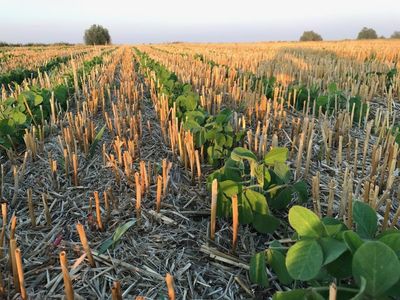Investment Opportunities in Sustainable Farmland
- Student
- Grace Dougherty
- College(s)
- College of Arts and Letters
- Faculty Advisor
- Mary Flannery
- Class Year
- 2021

In 2018, the average American’s carbon footprint was 20 metric tons of carbon dioxide, ten percent of those emissions stemmed from agriculture. The consequences of global climate change - rising temperatures, degrading soils, unpredictable weather patterns, groundwater depletion, and shrinking biodiversity - are perpetuated by and threaten conventional agriculture systems around the world.
Certain farming methodologies such as the elimination of synthetic inputs, crop rotation and diversification, and low-till farming mitigate many of the negative impacts of agriculture on the environment. These practices regenerate soil fertility by promoting microbial biodiversity, increasing water retention, and sequestering carbon in the ground, which increases crop yields in the long-run. (example: IndigoAg increased yields by 6-8% after switching to more sustainable practices across rice, wheat, soy crops).
Farmland valuations today are traditionally backward-looking, using a capitalization rate to estimate land value prices based on rent. Recently, the idea of valuing farmland using forward-looking data to estimate future cash flows has become more popular. In this case, sustainable farming would optimize returns by increasing the value of the underlying asset. By increasing crop yields, these practices increase future cash flows. The goal of my capstone is to research investments in sustainable agriculture space.
This project began with research during the fall semester of 2019. I looked at industry, economic, and financial analysis of the agriculture industry, with a focus on organic food. I was able to receive feedback from an analyst at the Notre Dame Investment Office. During the 2020-21 academic year, I will continue researching investment partners in the space and the valuation of farmland.